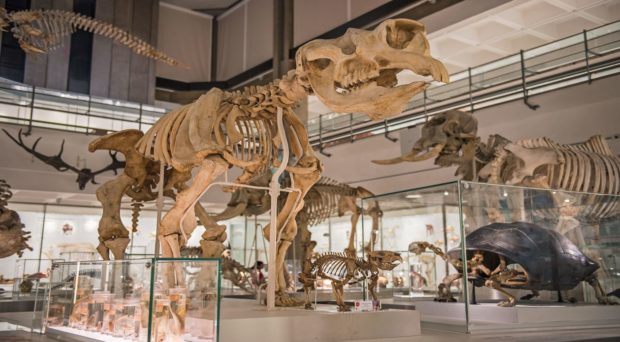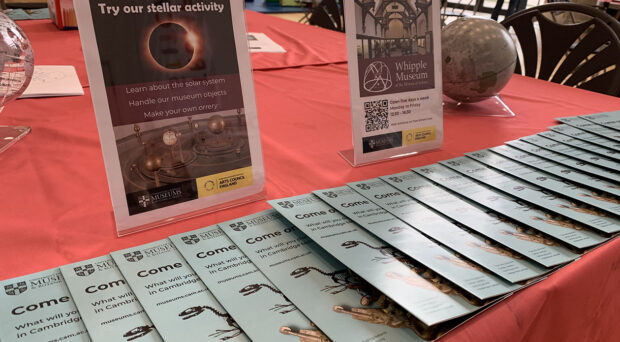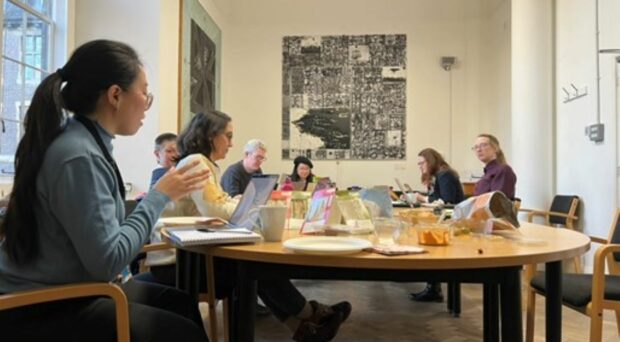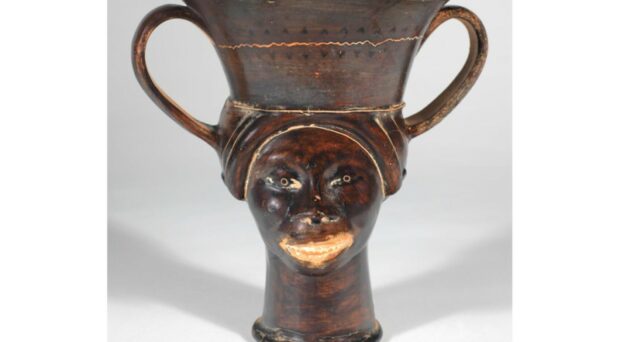The New Year is all about new beginnings. What better time to pop into the Sedgwick Museum of Earth Sciences for a chat with new Director Liz Hide?
Hello Liz! So, Month One: how has it been, and what have you been up to?
I call it sponge mode: I’m trying to suck up as much information as I can. My first priority has been to meet and get to know the Museum staff. They’ve a wealth of experience and expertise and I’m keen to learn as much as I can from them about the Museum and how it works. I’ve been meeting with academic staff from the Department of Earth Sciences, getting to know the huge range of exciting research that’s going on, from meteorites to earthquakes to some of the earliest, and strangest, fossil animals. And I’ve spent time out in the gallery, welcoming visitors and hearing from them about their experiences in the museum.
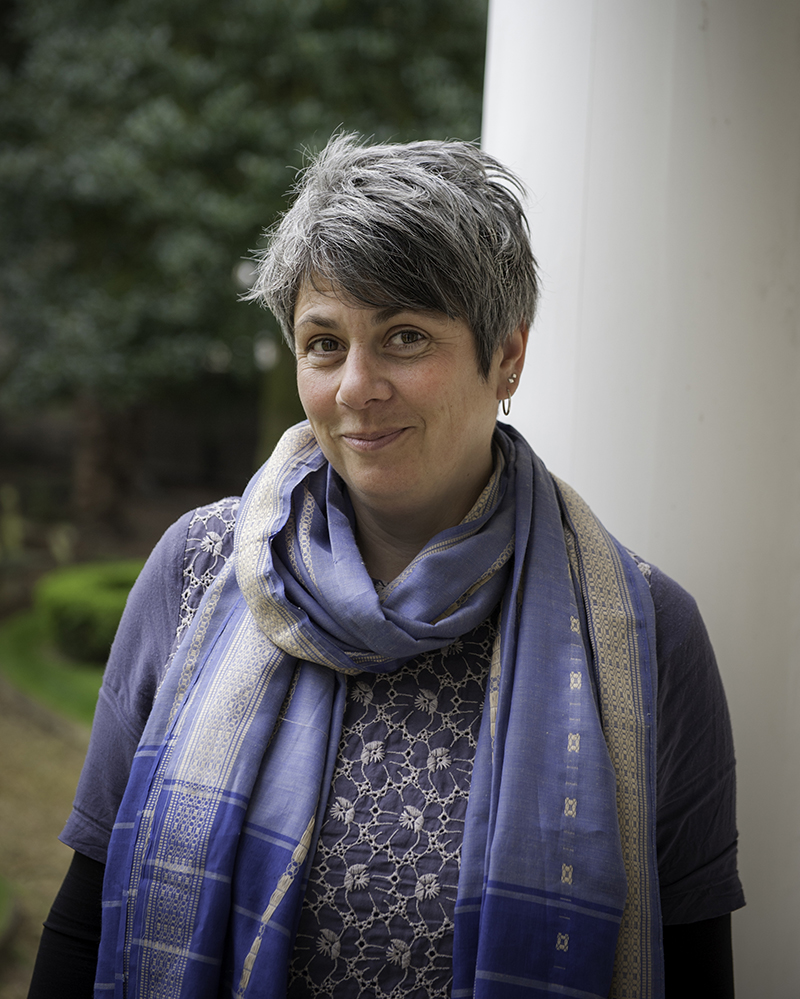
You’re the Sedgwick Museum’s first full-time Director: what does this mean for the museum?
For the first time, the Museum Director is 100% dedicated to leading the Museum. Unlike previous directors, I don’t have to try and juggle it with a research career or with delivering a big lecture course – I can focus my efforts fully on the Museum. I think this is a very important acknowledgement by the Department and University of the value, and potential, of the Sedgwick and of university museums.
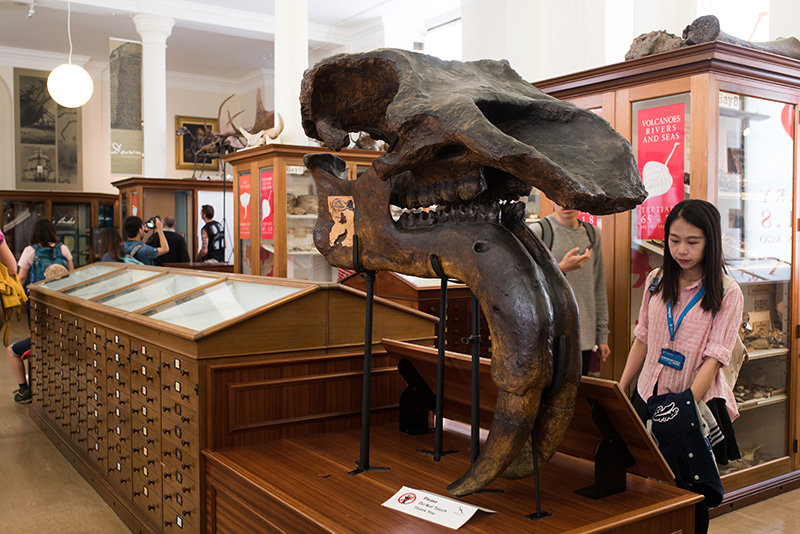
What are you most excited about exploring with the Sedgwick team and collection in the coming months?
Oooo where to start? I’m keen to be thinking about who are audiences are – public, students, researchers, what we offer them, how we can better support and engage with them. How can we overcome some of the physical and perception barriers that stop many people visiting? How can we showcase a much wider range of earth science research, not just through exhibitions but also through our programming? We are in the processing of building a new store to house our collections, and this is the opportunity to really think about how we can make our collections accessible to researchers, stimulate new research, as well as provide meaningful volunteering opportunities. And of course I’m interested in developing partnerships with other museums, groups and organisations.
Come to think of it, you look rather familiar. Have you been around these parts before?
Yes, it’s the same Liz Hide who until last year was University of Cambridge Museums Officer. In that role I really got to know the full range of museums in Cambridge, how they work, and how they can collaborate together, and I’m very much looking forward to making sure the Sedgwick can play a full and active part in the UCM consortium.
Were you always interested in fossils?
Er….yes! As a child, our family holidays were spent mainly grubbing around on beaches looking for fossils. I guess what attracted me to geology was the opportunity to be outside, and to understand the landscape and environment around me.
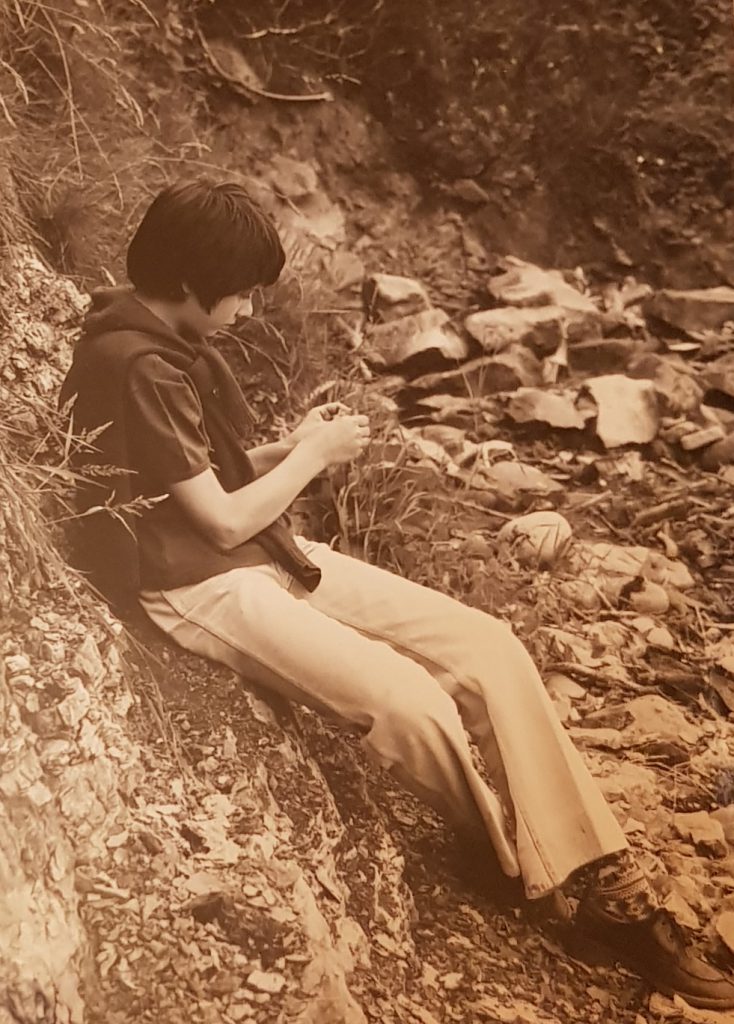
Which object in the Sedgwick’s collection first inspired you?
Our rocks and fossils tell many stories: they shine a light not just on prehistoric life, but on society and history. Here in the museum we have a number of fossils collected from Lyme Regis in the early 19th century by Mary Anning, including this ichthyosaur (below). But because Mary was seen as ‘merely’ a working class tradesperson, Adam Sedgwick didn’t record her name in our acquisition register – he just noted how much he had paid for the specimen when he bought it from her. By contrast, when his friends donated fossils to the Museum, even ones that they themselves had bought from Mary, Sedgwick made sure their names were noted for posterity in the Museum’s records.

With a bit of detective work, though, we can better understand the important role that Mary played in building the Museum’s collection. In the University Library is a letter that Mary wrote to Sedgwick, offering this particular fossil for sale, complete with a detailed sketch of it. Although she had little formal education, Mary’s anatomical skill and understanding of the fossils that she collected meant that we can clearly identify this specimen from her detailed sketch.
Museums have been thinking a great deal recently about the role we can play in global and environmental issues. Where do you see the Sedgwick’s role?
Geologists study the Earth, and how it works. We study processes that are happening now – such as erosion, extinction, volcanism, earthquakes and mountain building – and we put them in the context of the 4.5 billion years of Earth history. This ‘Deep Time’ thinking gives us a unique perspective on the environmental challenges of our time, such as biodiversity loss, climate change and fossil fuels, and enables us to develop sustainable and meaningful solutions.
Find out more about the Sedgwick Museum of Earth Sciences on their website. You can find Liz on Twitter and Instagram (@TheMuseumofLiz).




